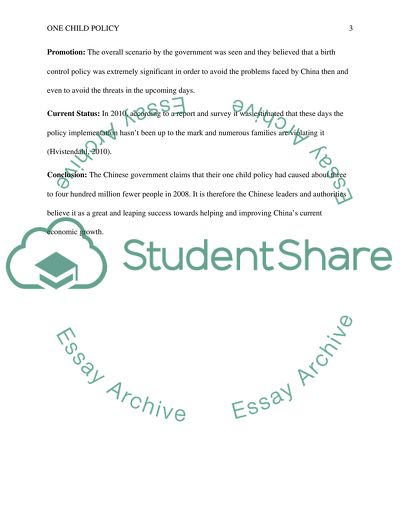Cite this document
(“Chinas One-Child Policy Case Study Example | Topics and Well Written Essays - 2000 words”, n.d.)
Retrieved from https://studentshare.org/environmental-studies/1601513-chinas-one-child-policy
Retrieved from https://studentshare.org/environmental-studies/1601513-chinas-one-child-policy
(Chinas One-Child Policy Case Study Example | Topics and Well Written Essays - 2000 Words)
https://studentshare.org/environmental-studies/1601513-chinas-one-child-policy.
https://studentshare.org/environmental-studies/1601513-chinas-one-child-policy.
“Chinas One-Child Policy Case Study Example | Topics and Well Written Essays - 2000 Words”, n.d. https://studentshare.org/environmental-studies/1601513-chinas-one-child-policy.


